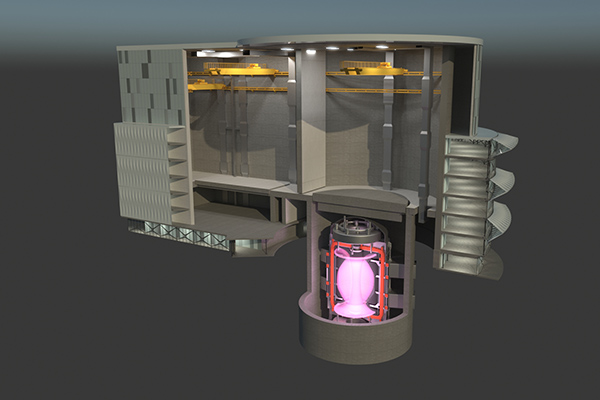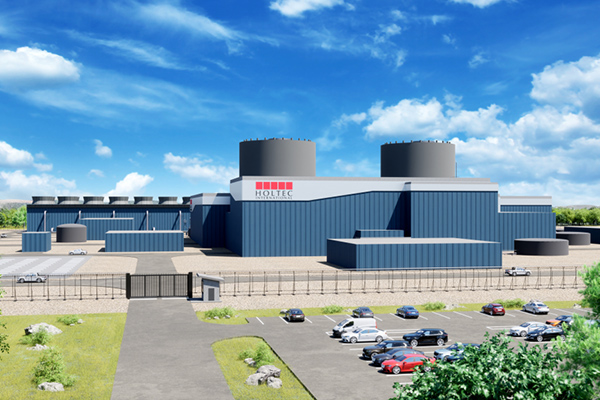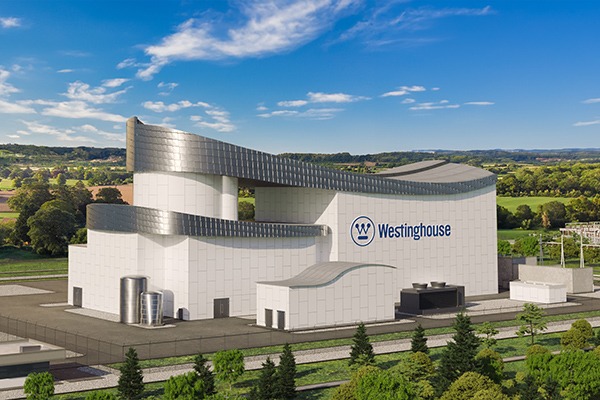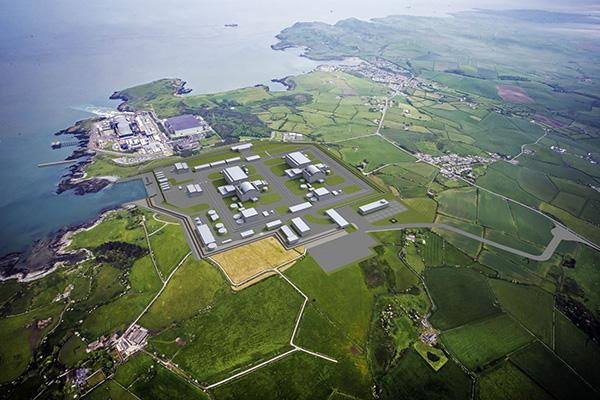The UK’s prototype fusion energy plant will be built at the West Burton site in Nottinghamshire.
The Spherical Tokamak for Energy Production (STEP) is the UK’s bid to develop the world’s first commercially-feasible fusion power station.
In October 2021, fusion developer UKAEA shortlisted five potential sites to host its prototype power plant, and potentially create a world-leading industrial cluster for low-carbon fusion power.
West Burton, site of a coal power station operated by EDF and a newer gas-fired station operated by EIG, has now been selected as the home for STEP.
“This is great news for Nottinghamshire and the wider region,” says Andrew Storer, CEO of the Nuclear AMRC. “The technology development required for STEP is incredible and a truly national effort is required. Having the site located near our facilities in Rotherham and Derby provides a great opportunity for Nuclear AMRC to really contribute to the supply chain manufacturing and skills challenges.”
Last year, UKAEA opened its new Fusion Technology Facility at the Advanced Manufacturing Park in Rotherham, close to the Nuclear AMRC’s research factory and less than 30 miles west of West Burton.
The Fusion Technology Facility is leading the development of technologies and materials for fusion power stations, including STEP, with the Nuclear AMRC working with the team on a number of projects. The Nuclear AMRC is also part of the £3.5 million manufacturing support services framework for the STEP programme.
“Having the test centre located at Rotherham near the Nuclear AMRC was a great boost to our relationship, so having the STEP reactor located at West Burton adds to the positivity,” Storer says.

STEP is a government-backed programme to build a prototype fusion energy plant in the UK. The UK government is providing £220 million of funding for the first phase of STEP, which will see UKAEA produce a concept design by 2024.
The STEP plant aims to generate net electricity as well as demonstrating how the plant will be maintained and how it will produce its own fuel.
STEP will create thousands of highly skilled jobs during construction and operations and attract other high-tech industries to its host region, furthering the development of science and technology capabilities locally and nationally.
Fusion has the potential to provide a near-limitless source of low carbon energy by copying the processes that power the sun and stars where atoms are fused to release energy, creating nearly four million times more energy for every kilogram of fuel than burning coal, oil or gas.
STEP will pave the way to the commercialisation of fusion and the potential development of a fleet of future plants around the world. UKAEA is targeting first operations in the early 2040s.




